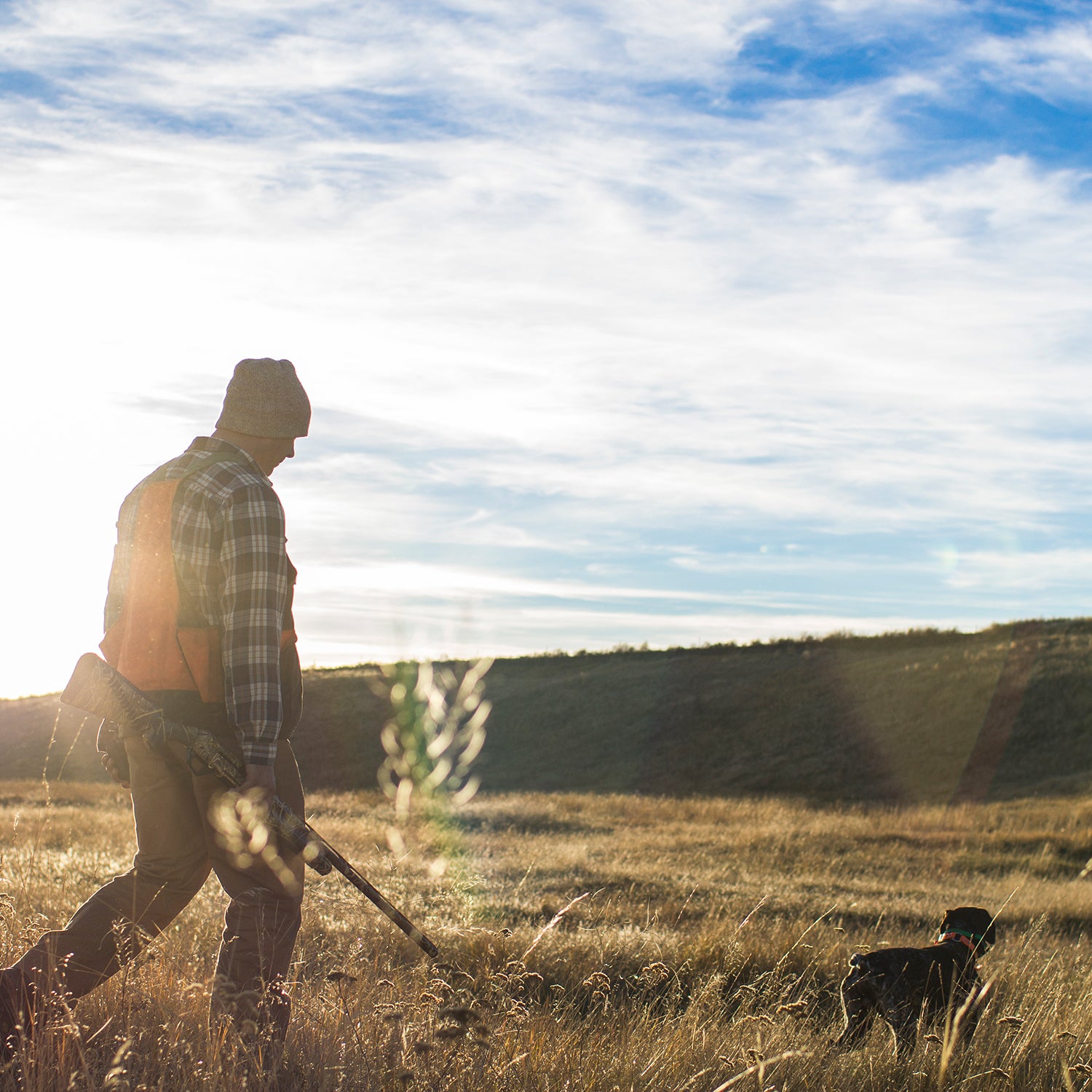Exactly one year ago, seven years into President Obama’s tenure, “the best gun salesman in America.” It’s true: handgun sales grew by 287 percent annually from 2006 to 2013, according to the U.S. Fish and Wildlife Service (FWS), while rifle and shotgun sales rose 166 percent. What news reports at the time left out was a little-known side benefit: the rise in gun purchases has brought a cash bonanza to federal agencies tasked with enhancing, protecting, and conserving wildlife and wildlands. We’re talking billions of dollars.
“It’s been an extraordinary windfall,” says Bill Brassard, communications director of the National Shooting Sports Foundation, a trade association that works closely with state legislatures to protect hunting rights and shooting sports.
The influx is due to an often-overlooked federal excise tax on sales of firearms, ammunition, and archery gear that siphons money to a trust fund, commonly called the Pittman-Robertson fund, operated by the FWS. Congress established the fund in the 1930s upon realizing that our public resources, specifically wild animals and land, had to be conserved if future generations would have a chance to enjoy them. But conservation is expensive, and states needed a funding mechanism during the Great Depression. Hence the fund was born. At the time, that wildlife and its habitat was of inestimable value to mankind.
Today, 10 percent of every handgun sale and 11 percent of long gun (meaning rifle and shotgun) sales go toward the fund. Every year, for access to the money to go toward public projects involving things like land maintenance, acquisitions, or scientific research.
So, as people bought out their local gun shops—many out of fear that they had to buy weapons now, before Obama could ban semiautomatic weapons or —one of the most important means the federal government uses to manage land and wildlife grew stronger. And even though Obama never succeeded in those efforts, gun sales continued to rise. In fact, Obama’s tenure has brought more money to state wildlife agencies than any other president and more than twice that of President George W. Bush.
“The last four years are significantly higher than any other years in history,” in terms of supplying the fund, says Gavin Shire, chief of public affairs for the FWS. “And all years between 2008 and 2016, except 2010, appear to be higher than all years prior to 2008.”
Under Bush, the FWS doled out a total of $1.85 billion to every state and territory for wildlife restoration and hunter education programs. Under Obama, the number surged to $4.35 billion.
To illustrate the point, we compared the Pittman-Robertson funds received by five states during both the Obama and Bush tenures, with examples of how each state spent their share.
Texas
Bush: $85,576,670 | Obama: $200,935,756
Texas received more than $100,000 in one year to cull feral hogs using toxic bait in a statewide effort to help boost native wildlife populations and rehabilitate plant life.
Oklahoma
Bush: $38,215,094 | Obama: $97,347,629
Oklahoma used about $84,000 to restore quail habitat on nearly 22,000 acres of private property so the state could increase public hunting opportunities.
Arizona
Bush: $45,075,474 | Obama: $109,412,787
The state of Arizona and the Phoenix and San Diego Zoos received an unspecified amount of money to bring back the endangered Sonoran pronghorn antelope from the brink of extinction. The money funded scientific efforts to grow the herd and improve desert habitat. The herd grew to more than 200 animals, up from a low of 21 in 2002.
New Mexico
Bush: $37,192,397 | Obama: $86,033,843
New Mexico received more than $500,000 for a project that opened 69,000 acres of private land to public hunters and opened two private lakes and riverfront to public fishing.
Arkansas
Bush: $34,579,095 | Obama: $78,701,807
The Arkansas Game and Fish Commission is renovating 11 wildlife management areas—equivalent to roughly 1,300 acres of waterfowl habitat. The state received $14.2 million in 2014, up from less than $4.5 million in 2007.
As of right now, it’s difficult to track where the rest of the money has gone or will go. Shire says a system for tracking the federal funds will be updated in the coming years.
One thing is certain: when President Obama leaves office on January 20, his administration will have protected more land and water in the United States than any other president, according to the . His administration can also say they raised the most money for wildlife ever—even if it happened inadvertently.


